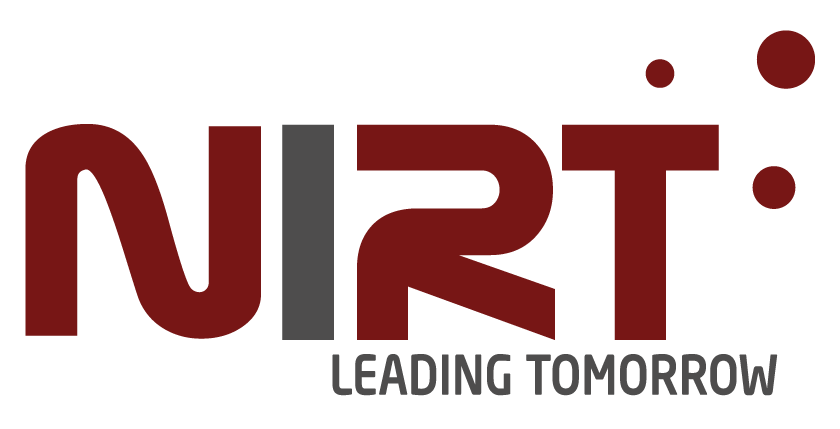NIIISR51S03 - Fundamentals of Electrical Circuit and Electronics (101)
Senior Program, Level One Course
- Description
- Curriculum

This course introduces students to the fundamentals of electricity and electrical circuits, including concepts such as Ohm’s Law, electronic components, circuit boards, timers, and motor control. Students will also learn how to work with integrated circuits using a specialized kit that contains various electrical components like resistors, semiconductors, and more. To ensure a solid understanding, each theoretical concept is paired with practical applications, making the material more accessible. The course is designed to provide a balanced approach, helping students grasp challenging topics through hands-on experience.
Upon successful completion of this course, students will be able to:
- Understand what Electricity is.
- Learn the basics of electronics, including reading schematics (electronics diagrams).
- Deduce and understand the relationships between various components of a circuit.
- Learn how to use various measuring devices (multimeter).
- Apply circuit laws and assemble various circuits and understand the effect of the change
- in a certain factor.
- Understand the principles of operation of several electronic components such as diodes.
- Know how sensors practically work.
- Learn how to prototype circuits with a breadboard.
Welcome
1. Introduction to Electricity
2. Ohm’s Law
3. Electrical Circuit Connection
4.Variable Resistors - Potentiometer
5. Variable Resistors - LDR
6. P-N Junction
7. Presentation
8. DC Motor
9. DC Motor Driving
10. PIR Motion Sensor
11. RGB LED
12. Relay and Optocoupler
13. Rectification Circuits
-
83Engage and Explain
-
84What's the difference between AC and DC power?
-
85The Rift Between Tesla and Edison - AC vs. DC
-
86Full Wave Rectifier
-
87Function Generator & Oscilloscope (Scope) in TinkerCAD
-
88Explore (Build) and Exercise
-
89Tips and FAQs
-
90Keywords and Summary Questions
-
91Lesson 13 Quiz
14. Presentation

